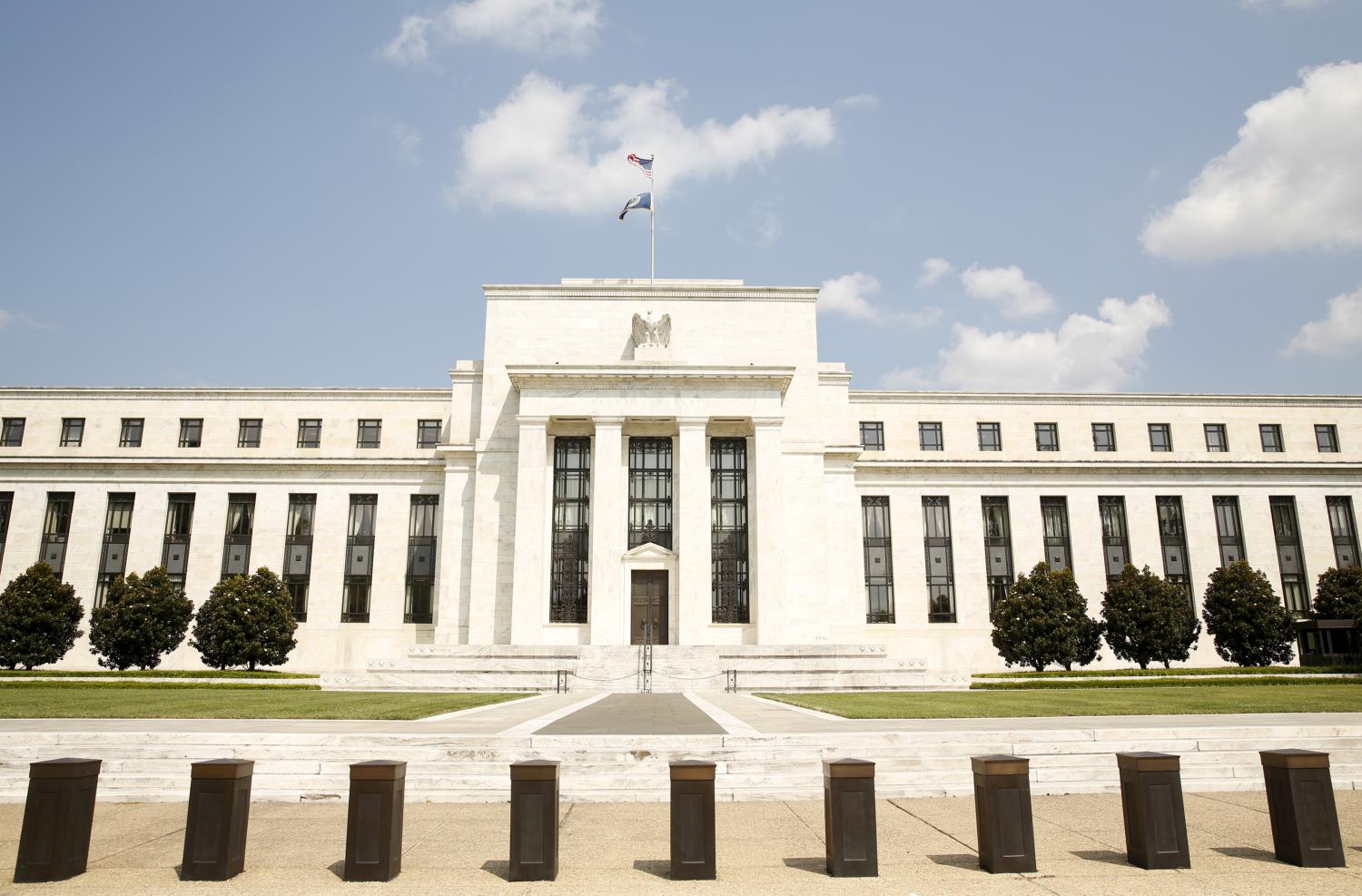This paper was prepared as a background paper for the Hutchins Center webinar, “COVID-19 and the financial system: How resilient are the banks? How are they supporting the economy?” on June 4, 2020.
Banks in the U.S. were robustly capitalized prior to the COVID-19 pandemic and economic crisis. However, the pandemic and resulting sudden stop in global economic activity has increased the risk that banks will face large credit losses in the coming quarters. In this paper, the authors argue that policymakers should take more aggressive actions to ensure that banks remain well-capitalized so that they can continue to provide of credit to the economy, both during the public health emergency and once it is safe to resume normal economic activities.
The authors draw some lessons for capital regulation from the Global Financial Crisis (GFC), emphasizing the importance of using the information in market prices and acting early. They apply those lessons to the current COVID-19 crisis, arguing that both the decline in bank stock prices and simple stress-testing exercises suggest that there is a risk that the pandemic will result in large declines in bank capital in the coming quarters.
The authors lay out a conceptual framework for bank capital regulation, drawing on earlier work, to provide guidance for regulators in responding to this emerging risk. The framework emphasizes the importance of promoting what they call “dynamic resilience” following a large adverse shock to the banking system: In addition to seeking to reduce the probability of bank failure following such an adverse shock, capital regulation must try to sustain bank lending and avoid a credit crunch that harms the economy. The key implication is that, in times of stress, regulators should simultaneously relax marginal bank capital ratio requirements and encourage banks to raise new equity. These actions augment the capacity of banks to provide credit to the economy, while simultaneously providing stronger incentives for new lending by reducing the marginal capital charges on new loans. The authors use this framework to evaluate regulatory actions since the COVID-19 pandemic began. The picture is decidedly mixed: Regulators have relaxed existing capital requirements, but have done little to encourage them to conserve capital or to raise new equity capital.
The authors conclude that, at times like these, regulators should use their prudential authorities to encourage banks to conserve their equity capital by suspending stock buybacks and common stocks and to consider suspending part or all cash bonuses to senior amangement and to raise new common equity. This is a way to buying low-cost insurance against the sorts of adverse scenarios that have become more likely due to the pandemic and the resulting economic stop. They also suggest longer-term changes to the regulatory regime, including that the Federal Reserve explicitly incorporate information on stock prices in its stress tests, that the countercyclical buffer (which has not be used in the U.S.) be turned on in good times so it can be reduced in bad times, and that U.S. Treasuries not be permanently excluded from calculations of the Supplemental Leverage Ratio.
The authors did not receive financial support from any firm or person for this article or from any firm or person with a financial or political interest in this article. None of the authors is currently an officer, director, or board member of any organization with a financial or political interest in this article. Samuel Hanson, Jeremy Stein, and Adi Sunderam are unpaid consultants for the Federal Reserve Bank of Boston President Eric Rosenberg on the design the of the Federal Reserve’s Main Street Lending Programs. Additionally, Stein serves on the Board of Directors Harvard Management Company, and has been a paid consultant for Key Square Capital Management.
The Brookings Institution is committed to quality, independence, and impact.
We are supported by a diverse array of funders. In line with our values and policies, each Brookings publication represents the sole views of its author(s).










